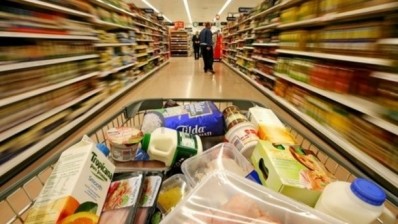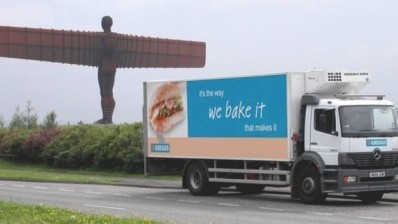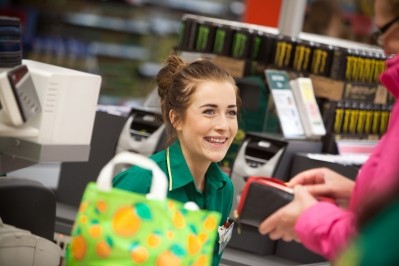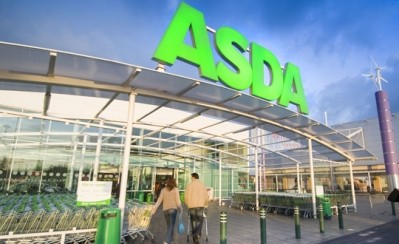Food deflation 'one of lowest' in July
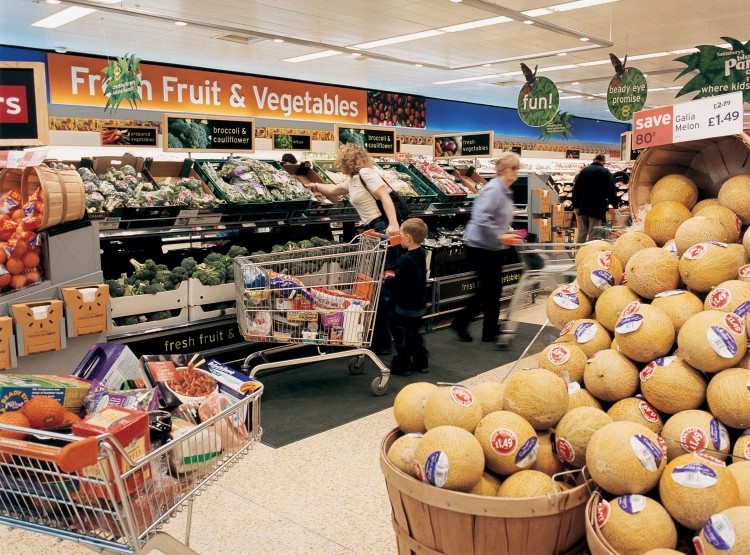
The Office of National Statistics (ONS) consumer price index (CPI) for July recorded a modest pick up to 0.1% compared with June 2015. But food deflation deepened to 2.7%. There was also a large reduction of 11.4% year-on-year in fuel prices.
While this means some of manufacturers’ input costs would remain low, their margins would continue to be squeezed – not least when average annual wage increases of around 3% were taken into account.
The CPI measure for food and drink remained negative, moving from -2.2% annually to -2.7% in July. “This is one of the lowest values ever recorded,” said the grocery think tank IGD. “Deflation is broad-based, but the dairy category has seen an especially abrupt adjustment.”
Consumer behaviour
Commenting on the ONS results, Helen Dickinson, director general of the British Retail Consortium, said: “Retailers have been offering great prices and special offers on everyday essentials for some time. Despite 27 consecutive months of falling shop prices it seems that consumers remain content to budget carefully on their necessary food outlay and spend that little bit more on purchases they have perhaps deferred.”
Although some commentators had been talking about an easing of food deflation in 2015, Shore Capital analysts Clive Black and Darren Shirley argued that falling crude oil prices; expectations for a very big northern hemisphere harvest; and continuing price competition between the multiples, meant that food deflation would probably persist.
Non-alcoholic beverage deflation was 2.6% – a 50 basis points (bps) increase – while alcoholic beverage deflation stood at 2.4% (a 20 bps increase), said Black and Shirley. The only food category to display inflation was fruit at 0.5%, down from 1.5% in June, they added. The strongest deflation was recorded in oil and fats at 8%, with robust price reductions also recorded in fish (-5%); milk, eggs and cheese (-4.7%) and food products (-4.3%).
In the protein sub-categories, lamb loin prices rose 14% year-on-year, while fresh or chilled poultry was 6.9% down in price and fresh pork (loin or shoulder) was 1.8% lower. They added that the strongest deflation was recorded in self-raising flour, at 30%.
Food pricing
“With what looks to be a near record global northern hemisphere harvest, we expect the food pricing environment to remain relatively benign at the farm-gate and so limited input price pressure for manufacturers and retailers alike,” remarked Black and Shirley.
“It requires some sort of shock to the system for strong upward price pressure to be envisaged at this stage, and so it may be well into 2016 before any chance of an inflationary environment emerges.”
Black and Shirley predicted that ‘pure play’ online (grocery and non-food) would gain market share.
Meanwhile, the general weakness in the UK economy meant the Bank of England's Monetary Policy Committee would delay raising interest rates.
